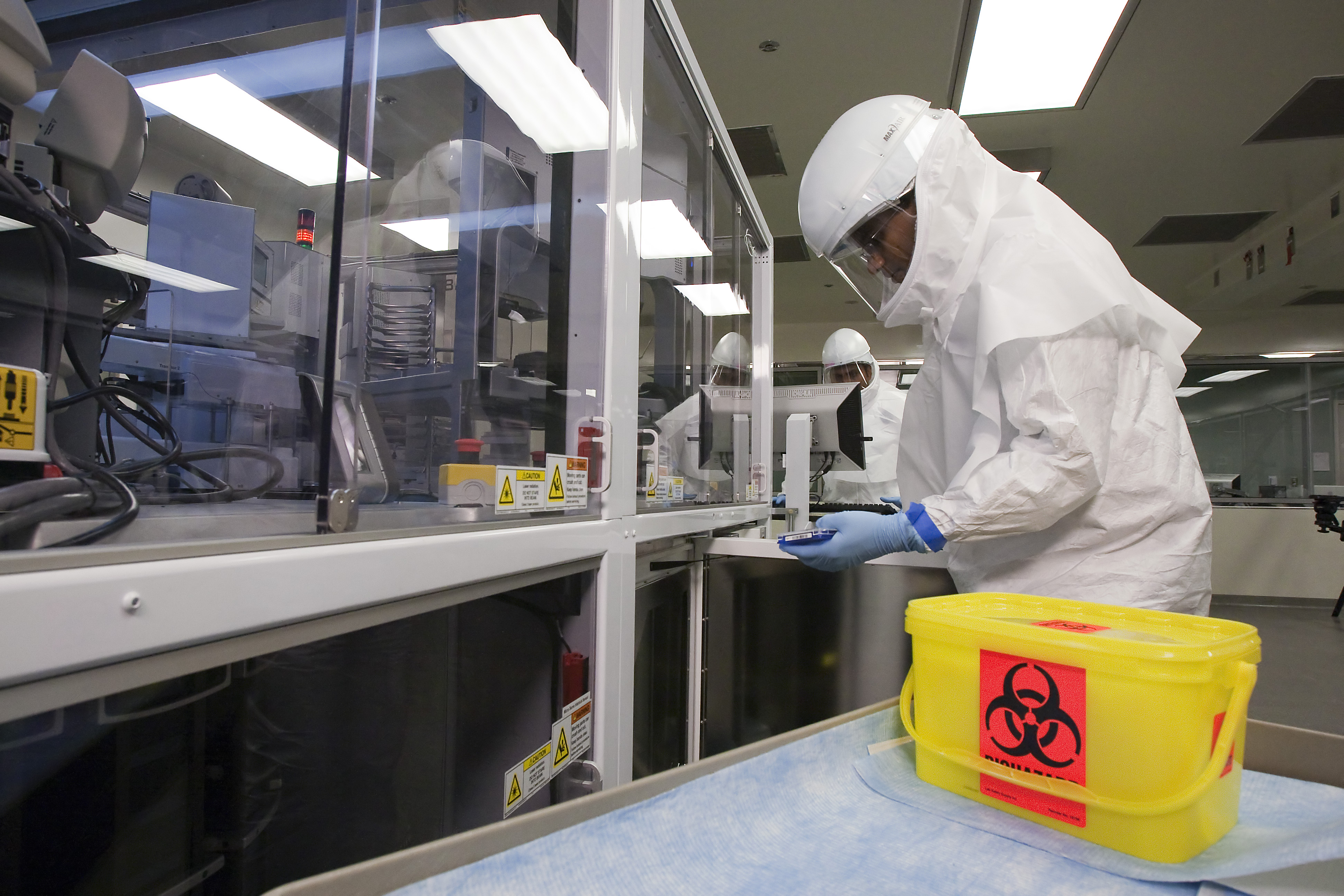With the re-emergence of diseases like malaria and tuberculosis in the United States, the threat of disease outbreaks remains an ever-present concern.
Hoping to improve responses to such epidemics, UCLA has introduced a new Global Bio Lab, which is currently under construction on campus.
The lab is currently preparing to analyze influenza samples, but retrofits are in the works to expand its capacities to other viruses, such as HIV. The lab is scheduled to be fully operational by fall 2011.
The facility will allow unprecedented volumes of samples to be analyzed at record speed and then stored by automated systems.
“We’re entering a big, cutting-edge area in pharmacology and toxicology by taking a different approach than doing science one experiment at a time,” said Hilary Godwin, co-principal investigator at the Global Bio Lab and associate dean for academic programs at the UCLA School of Public Health.
Automated systems are typically found in industrial, not academic settings. But UCLA’s Global Bio Lab incorporates automated sample processing on a high-volume scale.
In “everyday research mode,” the lab can process and fully analyze the makeup of up to 10,000 influenza samples per year. In “emergency response mode,” the lab can partially analyze 3,000 samples per day, according to publications from lab staff.
As a result, the lab could serve as a useful tool to identify emerging diseases in a short amount of time, said Anne Rimoin, an assistant professor of epidemiology.
Sample processing starts when infectious-disease field specimens from around the world are sent to the facility.
Upon arrival, the specimens will be divided into single-use tubes by an automated robotic arm in the same way that researchers manually divide samples.
Then, the biobanking system, which Godwin describes as a “fancy freezer,” will store the excess at minus 80 degrees Celsius. Samples will be moved between systems via robotic arms.
After accessioning, or the process of dividing samples into test tubes, the Bio Lab’s genotyping systems will unravel the genetic sequence of each virus brought into the lab. Viruses are typically characterized based on their phenotypic response, which can be observed through their effect on cells.
Genotypes must be collected for some time before enough data is banked, Godwin said.
If successful, this approach could revolutionize the way scientists analyze viruses and also reduce the time needed to develop appropriate vaccines, Godwin said.
The facility is housed in the California NanoSystems Institute and represents a collaboration between the UCLA School of Public Health and Los Alamos National Laboratory.
An automated screening system, which detects the quantity of infectious agents in samples, is currently under construction, and an automated culturing system, which grows additional lines of viruses in human and animal cell lines, is also in planning stages.
The lab is pending Biosafety Level 3 certification. The certification requires that all out-flowing air go through special filters, that lab access is restricted and that individuals wear special protective gowns, among other precautions.
Beyond research and emergency response, training is another key component of the Global Bio Lab’s mission. There are many training opportunities for graduate and postdoctoral students, and even budding state laboratory directors, Godwin said.
UCLA’s Global Bio Lab has been designed as a prototype for a network of similar facilities, said Jerome Zack, chair of the lab’s faculty executive committee. This committee will work to connect with the community to guide the facility’s future direction, he said.
